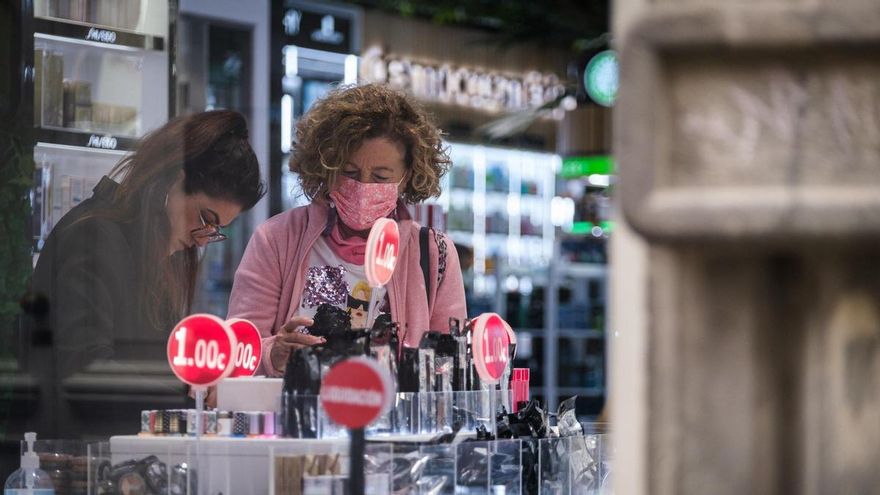
The tax benefits that the Canary Islands possess owing to their designation as an outermost region and their geographical location make the Islands an ideal destination for acquiring perfumes, fragrances, and cosmetic goods. Being luxury items, they incur a 15% General Indirect Canary Tax (IGIC) for perfumes and 7% for fragrances and cosmetics.
There exists a significant and historical discrepancy that the Islands benefit from concerning Value Added Tax (VAT) compared to the Peninsula, where perfumes bear a tax of 31.5%, whilst fragrances incur a 9% tax.
Spain ranks as the second-largest exporter globally of these products, following France. The national average expenditure per individual stands at 206 euros per year, as per the analysis of the cosmetics and perfumery sector in Spain conducted by the National Association of Perfumery and Cosmetics. In the Canary Islands, this figure rises to an average of 275 euros per year, according to estimations from the Las Palmas Trade Federation (Fedeco).
From an economic perspective, if a fragrance is priced at 100 euros, the resultant cost in the Canary Islands including tax is 107 euros, whereas in the Peninsula it escalates to 109 euros. In the case of perfumes, the cost in the Islands equates to 115 euros, compared to 131.50 euros in the Peninsula.
The distinction between perfume and fragrance lies in the concentration of aromatic compounds. Perfumes are categorised as those with a concentration exceeding 20%, while fragrances hold a concentration between 7% and 15%. This percentage of aroma also determines its lasting effect on the skin.
“Consumers are increasingly spending on self-care, and it’s not solely a woman’s domain anymore. The male demographic is also showing a rising interest in these products,” states the president of Fedeco and vice president of the Canarian Confederation of Small and Medium Enterprises (Cecapyme), Raju Daswani. This surge has been particularly evident following the COVID pandemic, prompting individuals to “become more enthusiastic about self-care.” Consequently, there has been a remarkable increase in sales, especially within lip cosmetics, where there was a period of zero sales in 2020.
Across the Archipelago, there are over 200 perfumeries distributed throughout the Islands, with approximately 130 located in Tenerife. This sector employs around 3,000 locals.
As reported by Fedeco, around 90% of these establishments are small and medium-sized enterprises (SMEs), predominantly situated on the main shopping streets of the Canary capitals: Triana street in Las Palmas de Gran Canaria, and del Castillo street in Santa Cruz de Tenerife.
In this connection, Daswani appeals to the Canary Islands Government to “support the second largest source of economic revenue for the Islands after tourism, which is trade.”
“Our insular status puts us at a disadvantage,” he remarks, due to “the considerably higher transportation costs and the increase in fixed expenses.” He points out that “we cannot compete with multinational corporations. Additionally, the high competition amongst perfumeries on the islands and the open market conditions that lack fixed prices do not facilitate sales.” “This is a retrogressive situation for both tourism and retail,” he highlights, indicating that 70% of perfumery clients are foreign tourists, while the remaining 30% is made up of domestic customers, including both national tourists and Canarian residents.
Consumers are now regarded as more discerning,” who understand their preferences, which Daswani notes is reflected in purchasing patterns: “they first buy fragrances, followed by cosmetics, and finally make-up. He believes this trend has been linked to the decline of traditional perfumeries, which are now rarely seen.” A quick glance at shopping streets substantiates this, as shop windows showcase not only perfumes.
“Contemporary perfumeries also merge fragrance offerings with fashion, accessories, or footwear,” elaborates Daswani.
Subscribe to continue reading
















